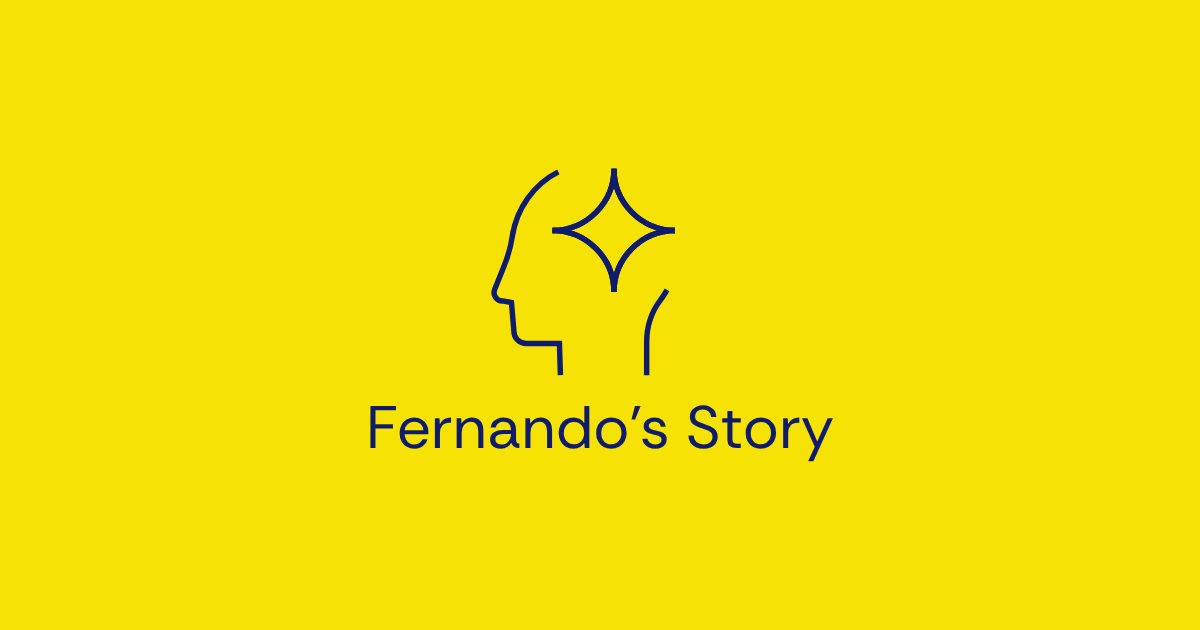
Fernando built a thriving men’s hair care company and sold it to a major competitor. But when he stayed on as an executive, he couldn’t stop leading like a founder. His story reveals how a strong identity, left unexamined, can clash with a new context — and why awareness sometimes means choosing fit over force.
Fernando was the definition of self-made.
He built a premium men’s hair care line from scratch — developing his own formulas, building a brand, and turning a niche idea into a profitable business.
When a leading mass-market competitor made an acquisition offer, he couldn’t refuse.
At first, the transition seemed ideal.
Fernando would bring his entrepreneurial drive and creative instincts into a much larger system.
They told him they wanted his innovation.
They did — but they also wanted his compliance.
In the first few months, tension started to surface.
He acted on instinct. Approved marketing without review. Signed off on creative that didn’t match corporate guidelines. Spent ad dollars without approval.
Inside his startup, those moves made him a visionary.
Inside a corporation, they made him a liability.
“Fernando’s instincts were to act first and ask permission later — which works when you’re a solo entrepreneur, but not when you’re part of a larger business.” — Blindspotting: How To See What's Holding You Back as a Leader
Fernando’s Identity Blindspot was that he still saw himself as a founder.
He believed speed and autonomy were virtues — proof of competence and creativity.
He wasn’t trying to defy authority; he just didn’t think hierarchy should slow good ideas down.
His self-story — I’m the one who builds things — had become incompatible with his new environment.
When coaching began, Fernando realized that his instincts weren’t wrong; they were just misaligned.
His identity as a scrappy, self-directed builder didn’t fit inside a structured, process-driven organization.
He didn’t want to spend his energy asking permission.
He wanted to create.
That realization came too late to save his job — but right on time to save his sense of direction.
Through Blindspotting coaching, Fernando began exploring the root of his conflict.
He wasn’t resistant to corporate structure out of ego; he simply didn’t want to be part of it.
He had built his success on freedom and fast execution — not meetings and memos.
Once he saw his identity blindspot, he understood what had been happening all along:
His role had changed, but his identity hadn’t.
And when those two things don’t match, friction becomes failure.
“You don’t have to change your identity. But if there’s a mismatch between role and identity, one of them absolutely does need to change.” — Blindspotting: How To See What's Holding You Back as a Leader
Before coaching concluded, Fernando was fired for operating outside corporate protocol one too many times.
On paper, it looked like failure.
In practice, it was freedom.
He didn’t want to be a corporate executive.
He wanted to build.
And that clarity changed everything.
Within months, he launched a new venture — this time with systems and support designed around his strengths, not against them.
Fernando’s story shows that awareness doesn’t always lead to adaptation.
Sometimes it leads to alignment.
Fernando’s journey captures one of the most universal truths of leadership. Identity drives performance — but when your identity and your role no longer match, something has to shift.
Awareness doesn’t always mean staying the course.
Sometimes it means choosing a new one — consciously, instead of by collision.
Read more about The Identity Blindspot.
Explore other leaders who uncovered their Identity Blindspots:
Elizabeth — The Invisible Glue









